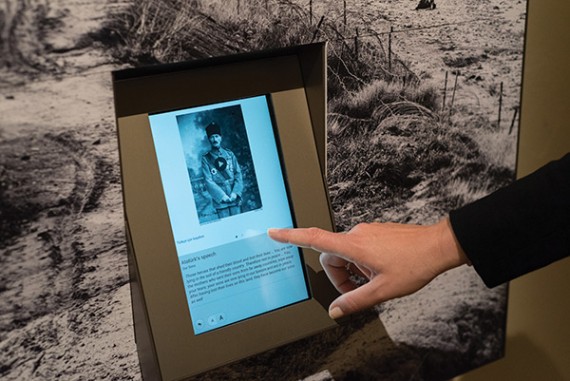
It’s always worth checking in on Times Square. It’s the the St Peter’s basilica of digital signage.
Recently, Google has been running a campaign on one of the huge screens there. Funky Android characters populate the space. It’s a stunning advertising campaign on the world’s largest digital billboard.
It does go to show, the bigger the canvas, the bigger the audience (300,000 people a day file past the Time Square sign), and the higher the stakes, the greater the pressure.
Witness the nuttiness that goes on during the NFL’s Superbowl. There’s almost an advertising industry within an industry, as big brands endeavour to be more creative, more surprising, and sometimes more shocking than the next.
Now picture if you will, transporting a terrible, provincial ambulance chasing billboard ad for a suburban lawyer into that primo Times Square space. Or running that shouty cut-price rugs ad at the half time break of the Superbowl. I know, it makes me weep thinking about it too.
Clearly it’s not the right forum for those ads. They simply don’t make the most of the opportunity. But this issue we’re looking at integrated networked signage that makes the very most of the hardware.
INTERACTION ISN’T ENGAGEMENT
The key aim of digital signage is universal: to engage. Whether the object is to inform, to sell, to educate, to entertain, to brand, it all counts for nought unless the audience has an engaging experience.
And there’s another key distinction to make: interaction doesn’t necessarily constitute engagement.
Technology is moving at a breakneck pace and it’s easy to be bamboozled by the choice of the display products and back-end hardware. Nits, WUXGA, HDBaseT, pixel pitch… Don’t panic, the technology still remains secondary to the content and the needs and preferences of the audience.
Which brings me to our cover story.
I must confess I was just a little dubious about how well this story would fit with DigitalSignage. Yes, there are plenty of glowing screens at the Australian War Memorial’s First World War exhibit, but in my experience, digital signage and museums have always had an uneasy relationship. They’re often add-ons or standalone kiosk-style affairs that don’t seem to fit somehow.
But in this case, I have been amazed at just how well digital signage has been integrated into a tradition museum environment.
At its core, the museum is using technology to allow people to better connect with the 100-year-old items and stories. Technology is also used to present the exhibit such that audiences can ‘join the dots’; make sense of the timing, the factors, the geography and the nature of the various WWI theatres of war.
As you’d imagine, knitting technology and digital signage into the very fabric of this exhibit took years of planning. And to the Memorial’s credit, it realised technology (high-brightness projectors, touchscreen, super-high resolution video walls, the whole gamut of hardware) was simply the canvas and the interface, it wasn’t main event. The exhibits and the stories remain the focus.
What’s more, in five years time when the gloss of the technology has well and truly worn off, the engaging stories, the human aspect of the exhibition will remain as compelling as it ever has.
It’s a colossal undertaking and one the AWM staff and the long list of contractors and suppliers should all rightfully be proud of. It’s inspiring to see an instance where the best hardware can really shine, but still remains subservient to the stories they’re displaying.
Christopher Holder, Editorial Director
chris@dsmag.com.au

